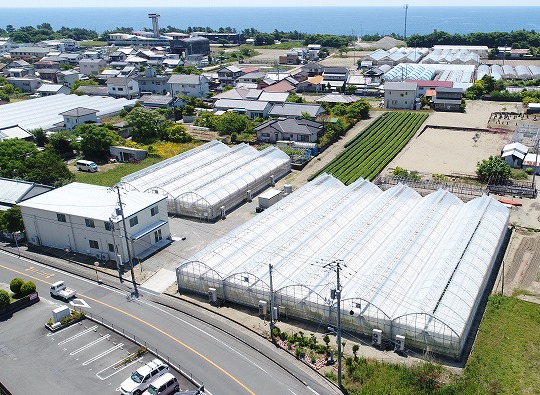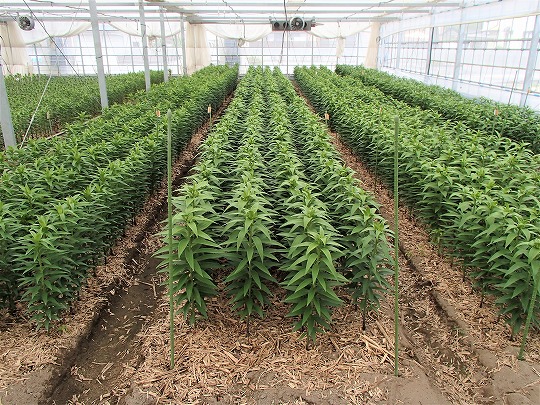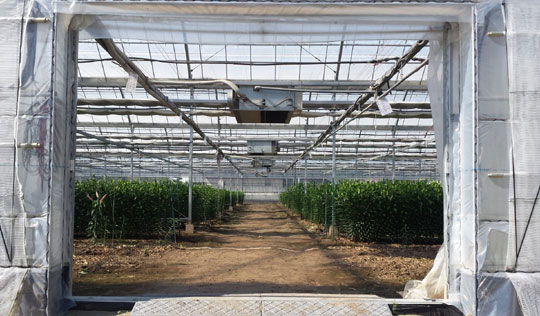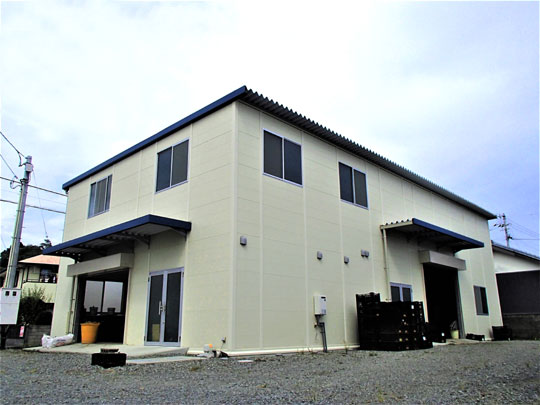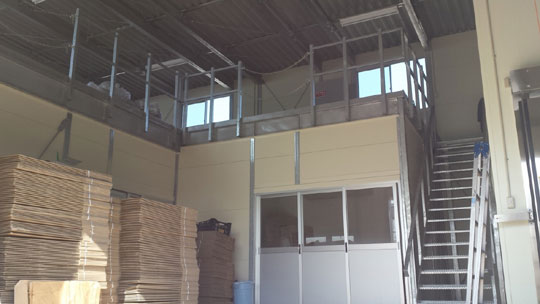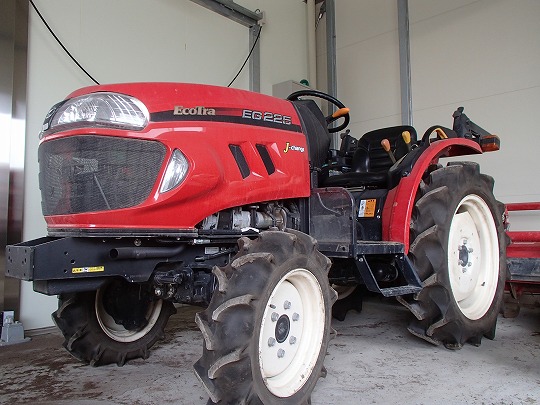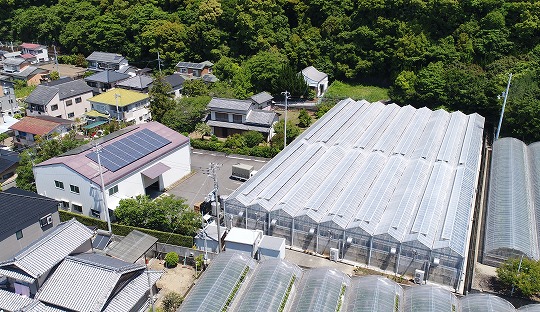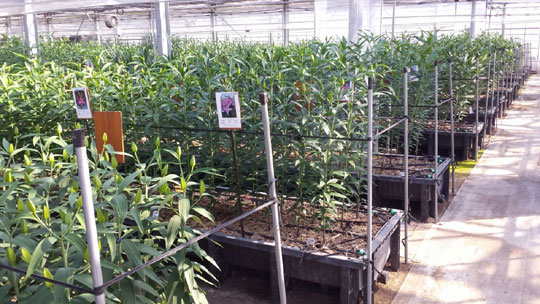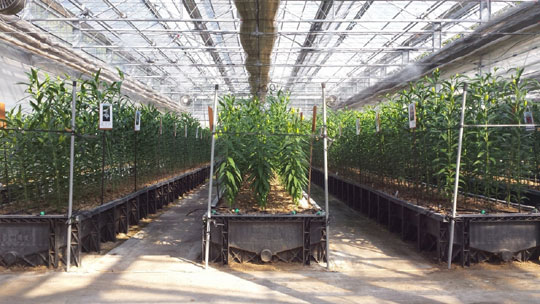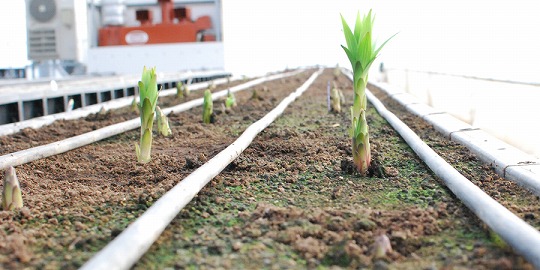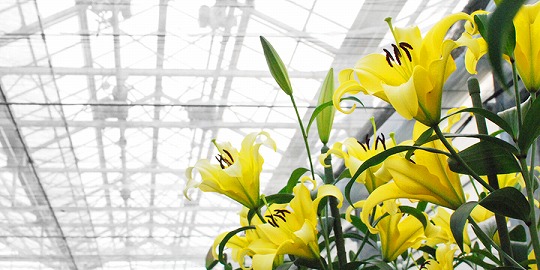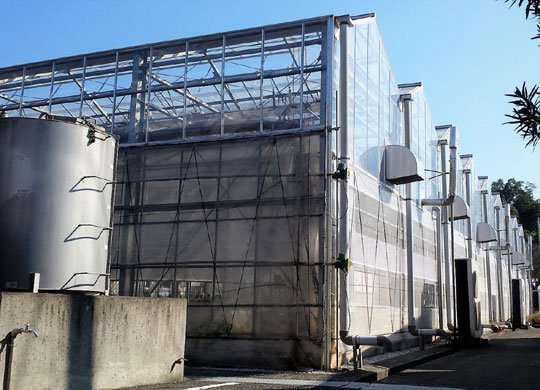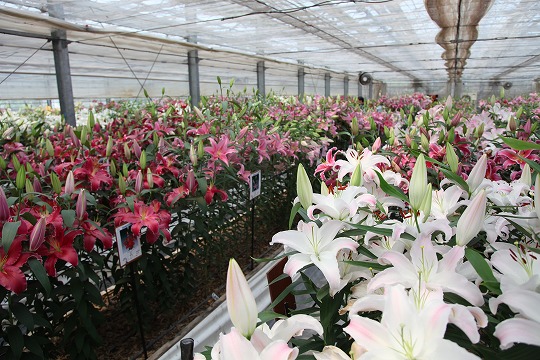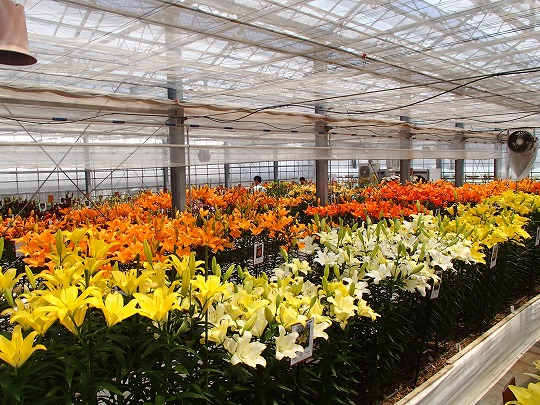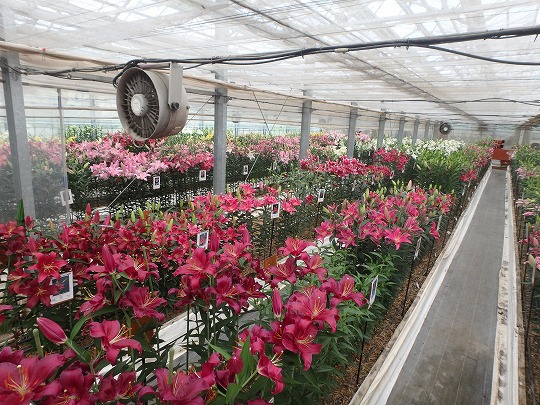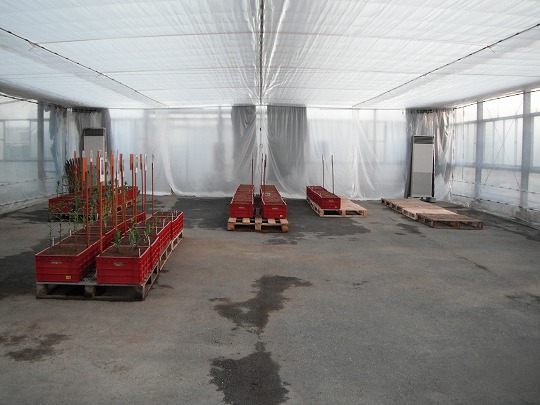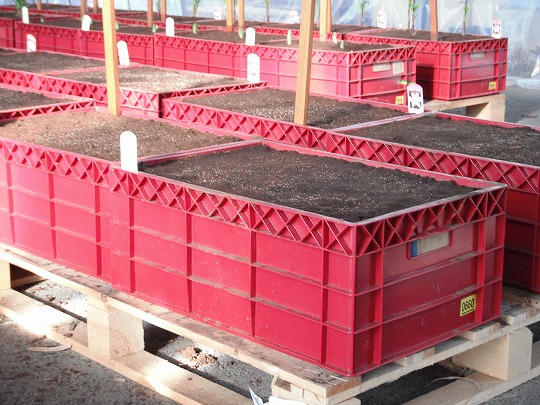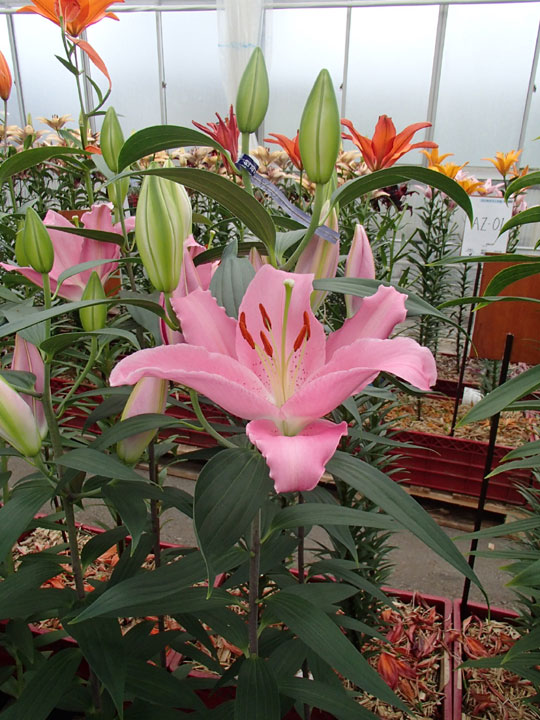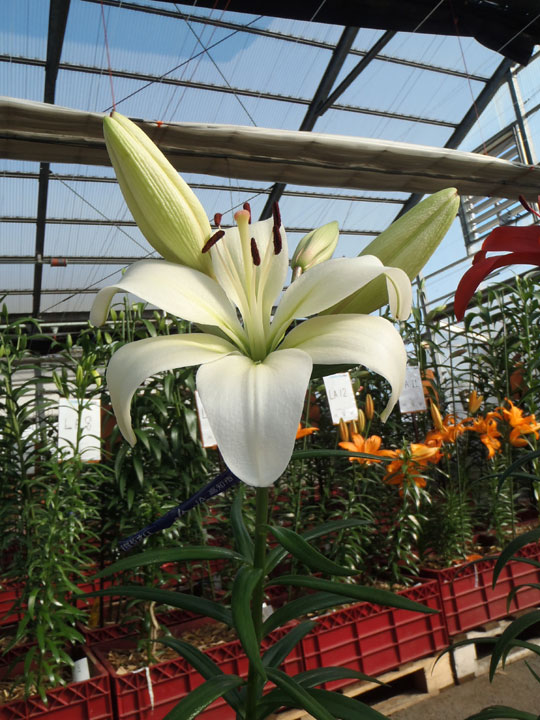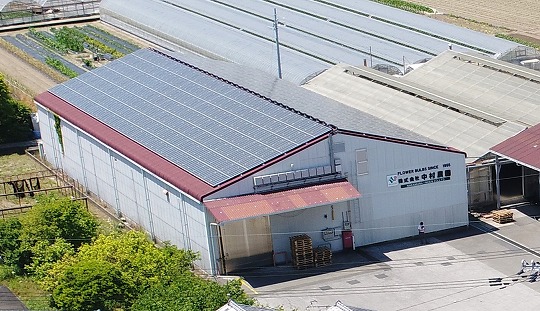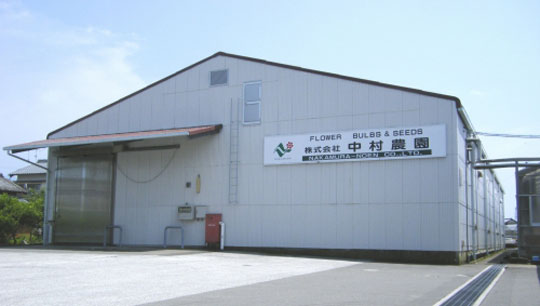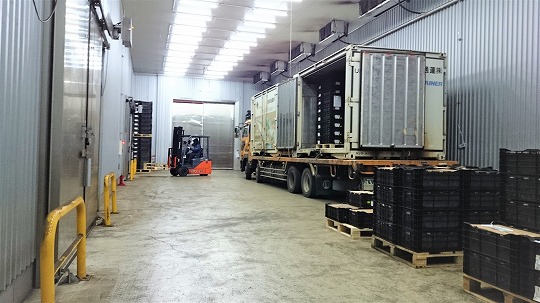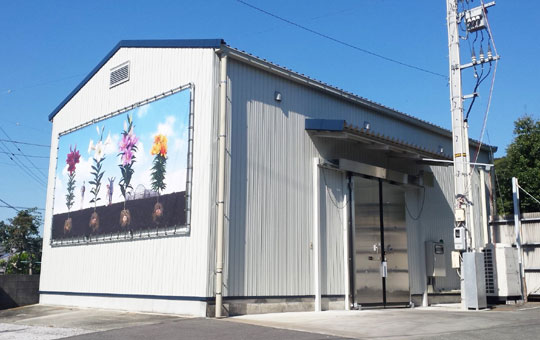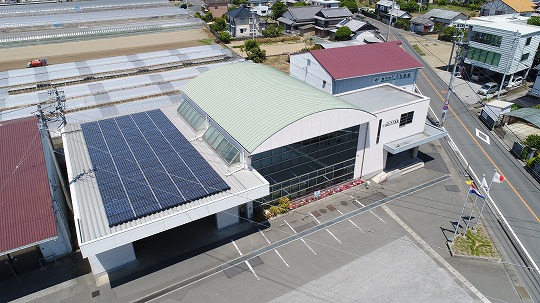General Report
October 14th, 2015
Nakamura-Noen Co., Ltd.
Keigo Nakamura
Thank you for your usual cooperation.
- Import quantity of Dutch crop
The table and graph below is the data of import quantity of Dutch crop (including Belgian and French) by Plant Protection Station’s statistics.

Crop 2014NL is about 95 million pieces, whose year on year rate is 96.8% (3% decrease). The decline is less than previous years; crop 2012 (year on year 92%) and 2013 (year on year 93%). However, unfortunately, the gap to 100 million became bigger. It seems that the production of cut lilies decreased too much to see the steady market price (demand).
2. Import schedule of Dutch crop is getting behind!?
The next graph shows the year on year rates of the total quantity of Dutch crop (including Belgian and French) in each month. How to see this graph is, for example, you can see that the import quantity from the harvesting time to end of February is 91.2% compared to the year before (= 2014NL is 8.8% less than 2013NL) if you see the number of “February”.

The arrival of Dutch crop is getting later and later for some factors such as the delay in harvest season by climate change or the longer transport time from Holland to Japan. Some varieties / sizes even arrive in March. Therefoer the arrival concentrates in March which means that the import quantity in January and February tends to become less.
It can be said same for 2015NL, so we kindly ask you to use SH Oriental / OT bulbs for January or February planting.
Now we are planning the late forcing test of SH bulbs to find varieties which have tolerance to long term storage.
The graph above shows that the total import quantities after May are less than the year before. The bulbs are not always planted as soon as they arrive, but we can still say that the late forcing planting seems less than the previous year. Therefore, the market might be quiet and easy for selling. Regarding the quantity of SH bulbs sold to Japan by exporters (mainly used for January 2016 and after shipping for forcers), please refer to our report on September 23rd.
3. Late forcing test of SH bulbs
Now 2014NL late forcing test is in the middle of growing in our test greenhouse. These were planted in hot season and bloom in cooler time. We are also doing the quarantine test (it is rare to do late forcing of quarantine varieties like “number” varieties from breeding companies), and lot number test (quality evaluation of various lot numbers of major varieties under the same condition).
We hope that the information from our tests will be useful for your business.



